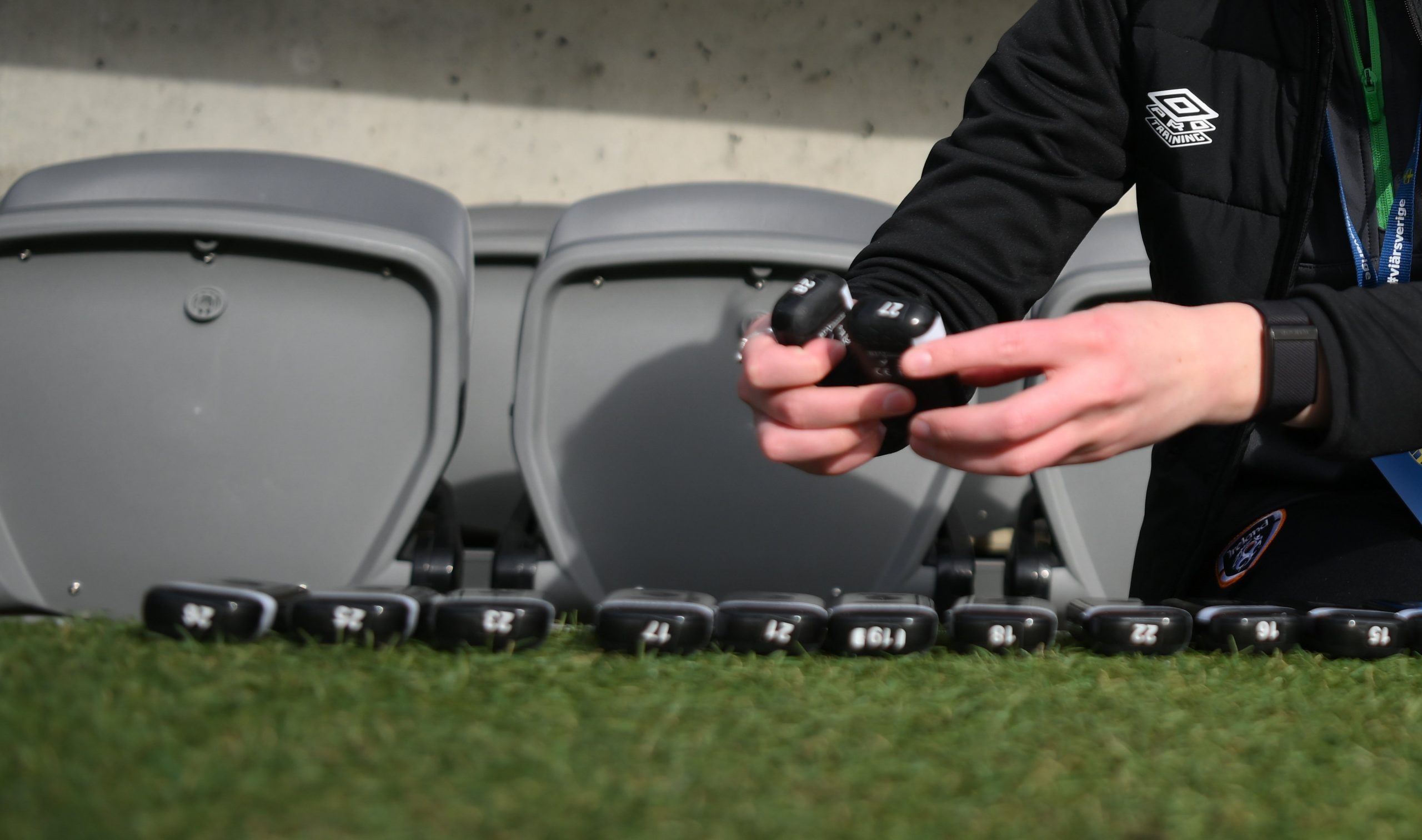GPS tracking is now a staple in many Gaelic football setups—from county to club. But with the flood of data these devices provide, it’s easy to get overwhelmed or misled. Not all GPS stats are equal, and knowing what really matters can help coaches make better decisions for performance and player welfare.
Let’s break down what’s overrated, what’s underrated, and what actually helps us understand the game and manage our players better.
Most Overrated: Total Distance & Player Load
“How much did I run, coach?” – it’s the question every player asks post-match. But the truth is, total distance alone doesn’t tell us much. Sure, it gives a number, but it lacks context. Did the player walk most of the match? Did they hit max speed? Did they sprint or jog in circles? Running 11km doesn’t mean it was a quality 11km.
Similarly, PlayerLoad, which uses accelerometers to estimate movement across three planes, sounds impressive but often overlaps heavily with distance covered. It’s another broad volume marker that may look fancy but doesn’t break down what really happened on the pitch.
These metrics are simple and easy to understand, which is why they’re used a lot, but that doesn’t mean they should guide decisions on their own
Most Underrated: Acceleration, Deceleration & High-Speed Running
In Gaelic football, it’s the bursts, not the jogs, that win games, accelerating past a man, changing direction, or tracking a runner at full tilt. That’s why acceleration and deceleration data are gold. They show us how often players are putting real force through their legs, and that’s where injury risk and fatigue live.
Tracking high-speed efforts (e.g. >5.5 m/s) tells us how much exposure players are getting to game-speed scenarios. Regular exposure to max speed in training also helps reduce hamstring injuries, a huge bonus in a sport built around explosive moments.
Metrics like acceleration density (how many explosive bursts per metre covered) or average acceleration help paint a better picture of intensity, especially for players like half backs and wing forwards, who need to change pace constantly.
Context is Key: Match the Metrics to the Game
Just like you wouldn’t train everyone the same, don’t track everyone the same either. For example, a corner back might not cover big distances, but their efforts are often short, sharp, and intense.
A midfielder might hit the most distance, but if it’s all jogging, that’s not peak performance.
The best use of GPS comes when coaches and S&C staff link metrics to position, training goals, and individual needs. High-speed efforts, explosive movements, recovery between sprints, and mechanical load on joints, these tell us far more than a simple distance number.
Final Key Points
GPS tracking is a brilliant tool, but only when used wisely. Gaelic football isn’t a game of slow jogging, it’s about bursts, sprints, and big moments. Focus less on how far players ran and more on how they moved. The metrics that truly matter are the ones that reflect the intensity and demands of the game, not just the mileage.
Receive quality journalism wherever you are, on any device. Keep up to date from the comfort of your own home with a digital subscription.
Any time | Any place | Anywhere














